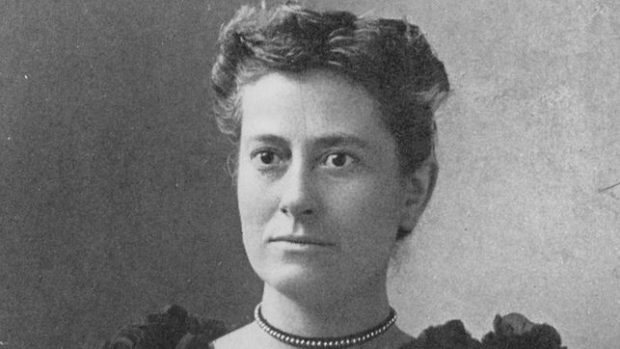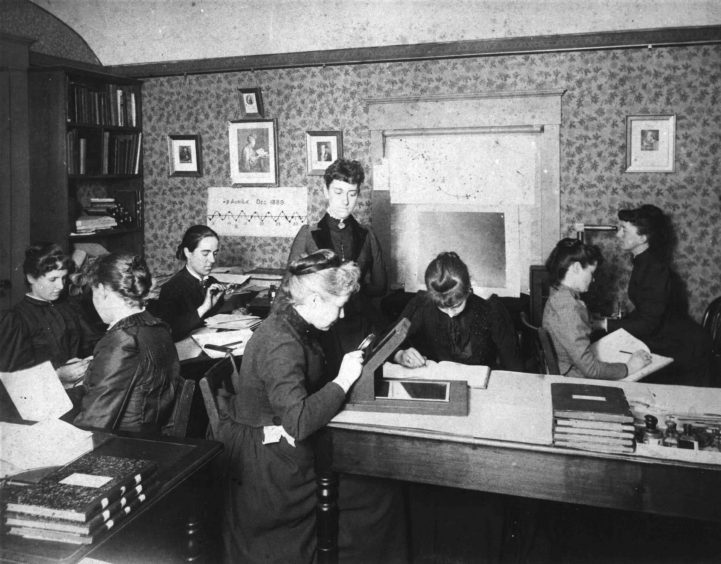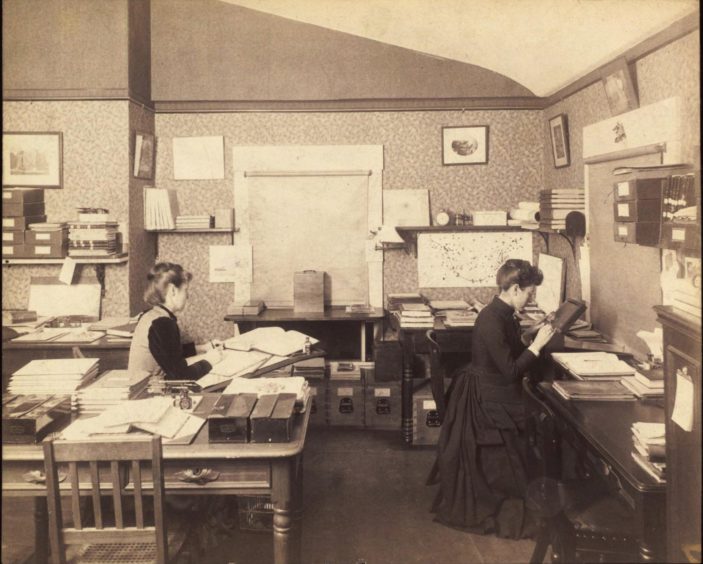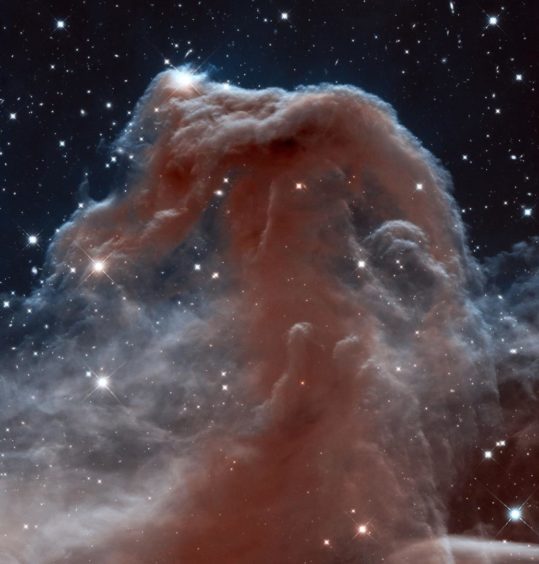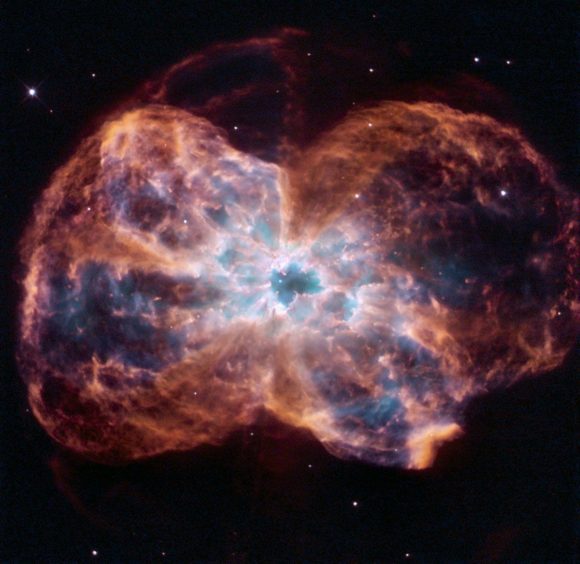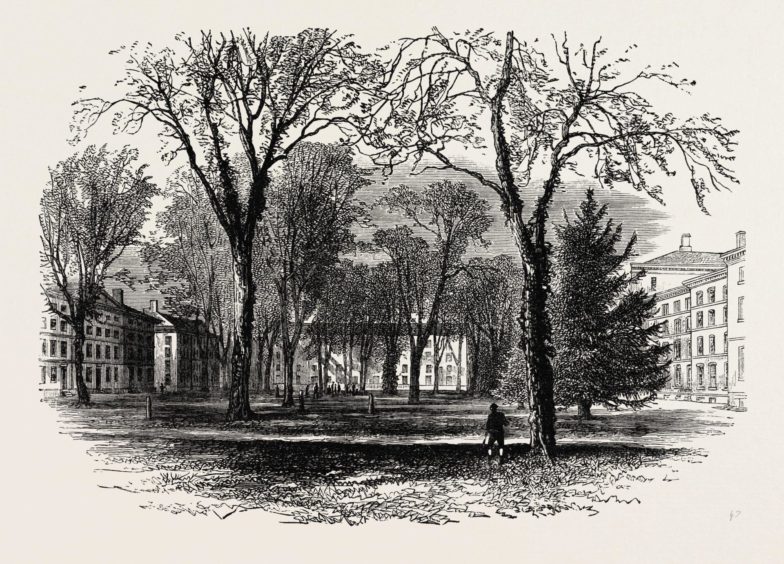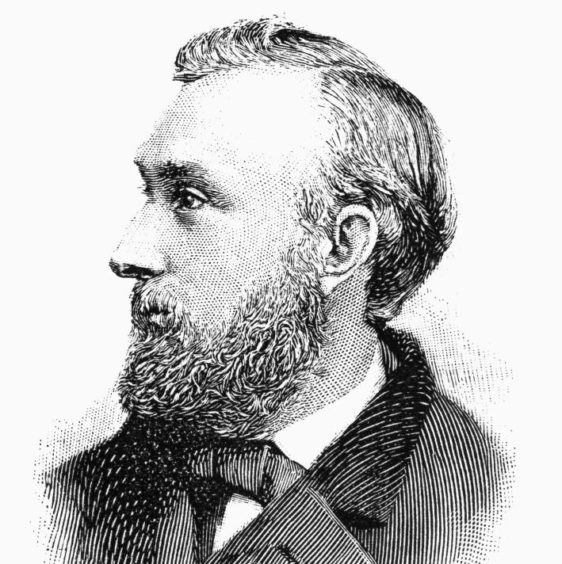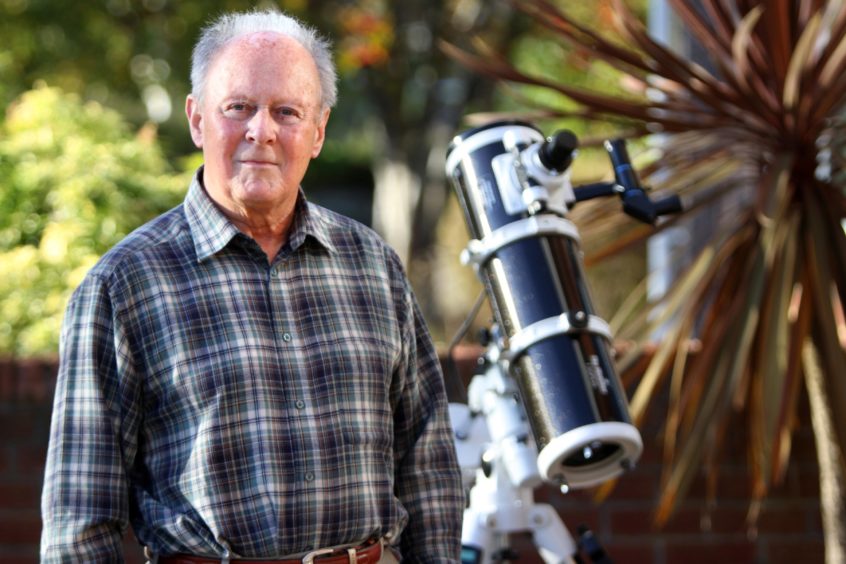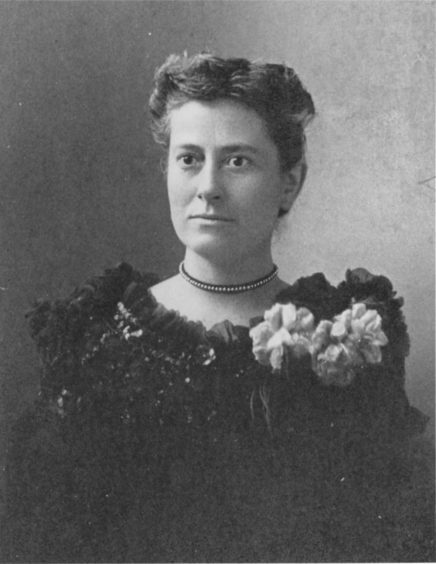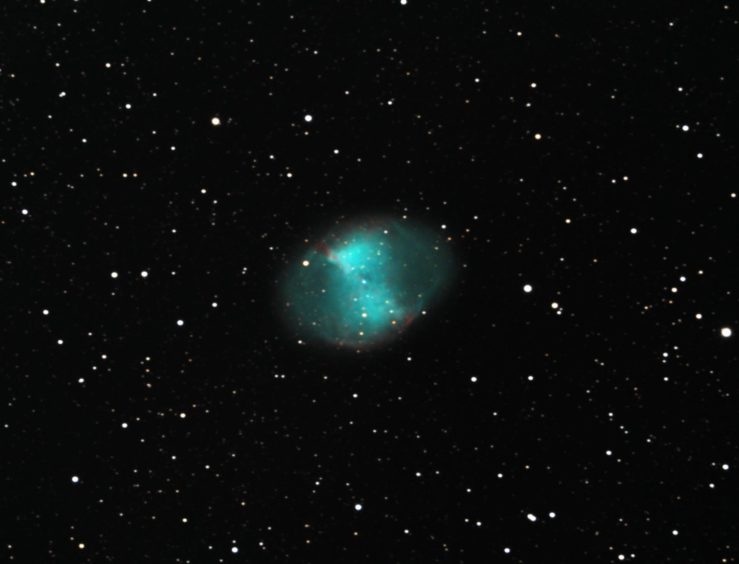In 1910, Williamina Fleming became the first person to discover a white dwarf star – the burning embers of a star which has reached its end of its life. The Dundee-born astronomer’s contribution to natural science has been immeasurable, discovers Gayle Ritchie.
Mapper of more than 10,000 stars. The first person to discover a white dwarf.
And most famously, she was the first to identify one of the best-known objects in the sky – the Horsehead Nebula.
For astronomer Williamina Fleming, it was a fairly impressive CV to write home about, especially considering her rather humble beginnings.
Born Williamina Stevens in Dundee’s Nethergate in 1857, she attended a school on Brown Street.
Here, she showed sufficient promise in her studies to become a teacher at the age of 14.
In 1877, aged 20, she married accountant and widower James Orr Fleming, and the couple emigrated to Boston, Massachusetts, the following year.
Sadly, her husband abandoned her when she fell pregnant with their son, Edward.
In order to support herself and the baby and avoid the inevitable poorhouse, Fleming took up a post as housekeeper to Professor Edward Charles Pickering, director of Harvard College Observatory.
Fleming clearly impressed Professor Pickering; within two years he offered her a new job, helping him with his work mapping stars.
She became one of the founding members of the Harvard Computers, an all-women team of “human computers” hired by Pickering to compute mathematical classifications and edit the observatory’s publications.
In essence, Fleming had to check photos of very distant stars and find ways of organising the information.
She came up with a way of classifying stars based on their size and brightness, a system still in use today.
Secrets of the stars
Fleming worked her way up the ranks to become curator of the observatory’s astrophotographic library.
While examining thousands of glass plates and photographs, she discovered nearly 400 variable stars and other objects out in space.
In 1888, she made her most famous discovery – the Horsehead Nebula.
One of the most familiar astronomical objects, the nebula (a giant cloud of dust and gas in space) is heated by a nearby star with the gas and dust forming the profile of a horse’s head and neck.
White dwarf
Fleming was the first person to discover a white dwarf in 1910.
Ken Kennedy of the Dundee Astronomical Society, and a director at the British Astronomical Association, describes the phenomenon as “the hot remains of a star which has come to the end of its life”.
Ken said: “When a star has converted much of its hydrogen to helium it becomes unstable, is unable to maintain its outward pressure, and collapses.
“This collapse causes it to heat excessively and, in effect, it explodes, shedding a shell of gas and other material.
“The remaining material is pulled together to form the ‘embers’ of the star, a white dwarf, often about the size of our own planet but very hot.
“It takes billions of years for a hot white dwarf star to cool.”
Ken believes Fleming’s work and contribution to astronomy is not well-enough known in Tayside and Fife, despite the fact she gained recognition from numerous astronomical organisations.
“In choosing Fleming to come on board at Harvard, Pickering paved the way for her future in astronomy,” said Ken.
“He initially had a group of male ‘computers’ who carefully looked at and measured the plates.
“This was tedious and repetitive work and he was not particularly happy about the efforts made by these men.
“At one point he is believed to have said in annoyance, ‘My Scotch maid could do better’.
“Then in 1881 he decided to replace his male students with Fleming as his assistant.
“She was allowed to recruit suitable ladies and she, herself, worked on classifying stars by their spectra taken on photographic plates.
“Fleming went further than just looking and sorting these images and actually classified the stars by the amount of hydrogen they contained.
“This new classification system was later known as the Pickering-Fleming System.”
The group of lady “computers” catalogued more than 200,000 stars over the next few years and among the ladies whom Fleming had employed were Henrietta Leavitt, who discovered variable stars which eventually led to Hubble’s measurement of the distance to the Andromeda Galaxy, and Annie Jump Cannon who refined the classification of stars by colour and temperature.
“In her time at Harvard, Fleming discovered 59 nebulae, 310 variable stars and 10 novae,” said Ken.
“She discovered the now famous Horsehead Nebula in Orion describing it as having ‘a semi-circular indentation five minutes in diameter’.
“And in 1910 she was the first to discover a white dwarf star, 40 Eridani.”
Honours
Fleming was made an honorary member of the Royal Astronomical Society in 1906 at a time when few women were awarded such an honour.
Her contribution to astronomy of her time, and of astronomy which was vital to future knowledge, was immeasurable.
She worked to promote jobs for women in science. She believed if women were given the same training as men they could do just as good a job.
Fleming died of pneumonia in Boston on May 21 1911.
Librarian of celestial archives
Fleming was curator of the library at the Harvard Observatory where some of the most notable discoveries relating to astronomical science were being made.
An issue of the American Sunday magazine in 1904 referencing Fleming stated: “The librarian of the celestial archives is a remarkable feature of the observatory.
“The position is as unique as the astrophotographic library itself, for Mrs Williamina Paton Fleming is the only woman who ever received an official appointment from the University Corporation in the 250 years of Harvard’s history.”
Fleming’s father Robert Stevens was a picture dealer with a studio in his home.
He wrote some of the first articles on photography in London journals.
The magazine stated: “When one remembers that Mrs Fleming has the entire charge and responsibility of the 200,000 frail glass records in this curious ‘library of the sky’ at Harvard, it would seem as if the Scotch picture dealer had bequeathed to his daughter some of his love for that art in which he at one time played so important a part.”
The article went on to reference Fleming’s “bright brown eyes and dark hair” as being “not in the least suggestive of her Scotch birth and lineage” but imagined that she must possess some of the “Scotch sturdiness and steadfastness” of purpose that are her “chief characteristics of today”.
Dwarf stars
“Dwarf” was originally a term used to distinguish between the two kinds of red stars in the universe – very big, and very small.
These were termed “red giants” and “red dwarfs”.
The Sun is technically a “yellow dwarf” star.
Here are Ken’s definitions of a selection of dwarf stars…
White Dwarf star: “The remains of a star which was around the size (mass) of our sun but had run out of ‘fuel’ and come to the end of its life.”
Red Dwarf star: “A star which never gathered enough material (hydrogen and helium) to form a larger star. Often around 10 – 20% of solar mass. Never really gets going and remains relatively cool (red hot) but has a life of many billions of years.”
Brown Dwarf star. “Smaller in mass than a red dwarf and less hot. Larger gas giant planets are probably just less massive than a brown dwarf star.”
